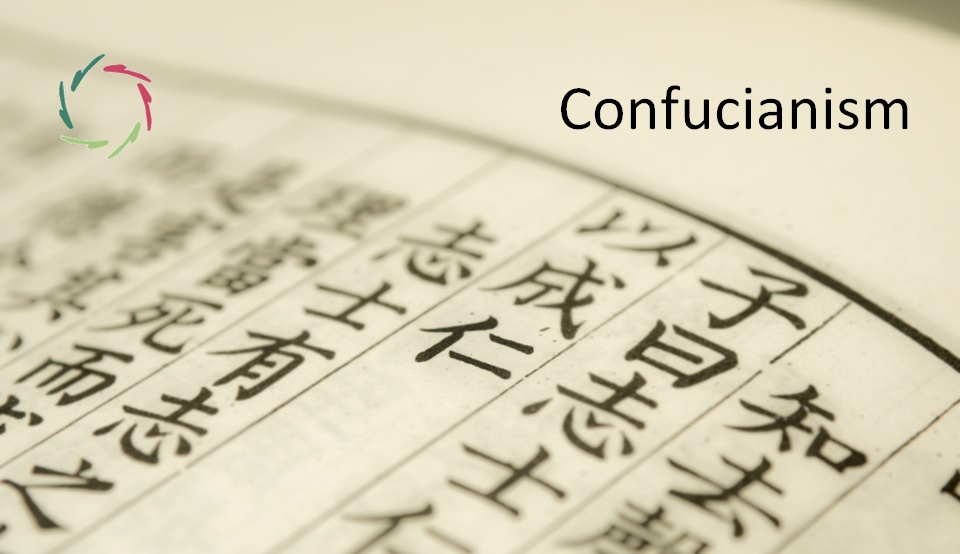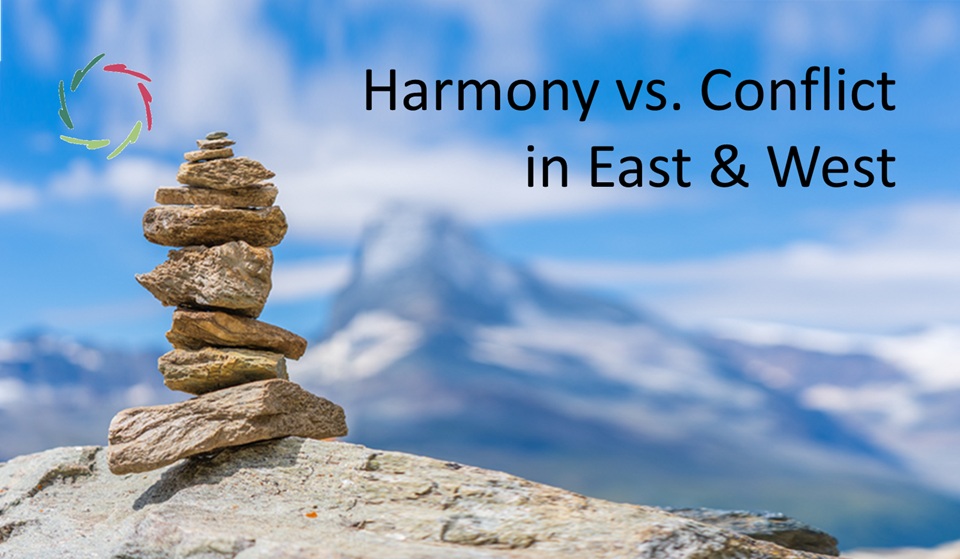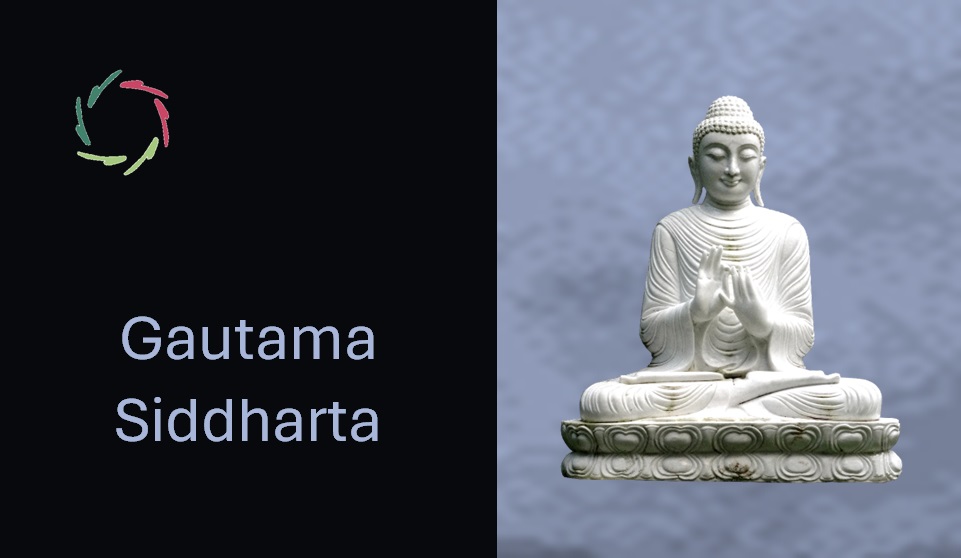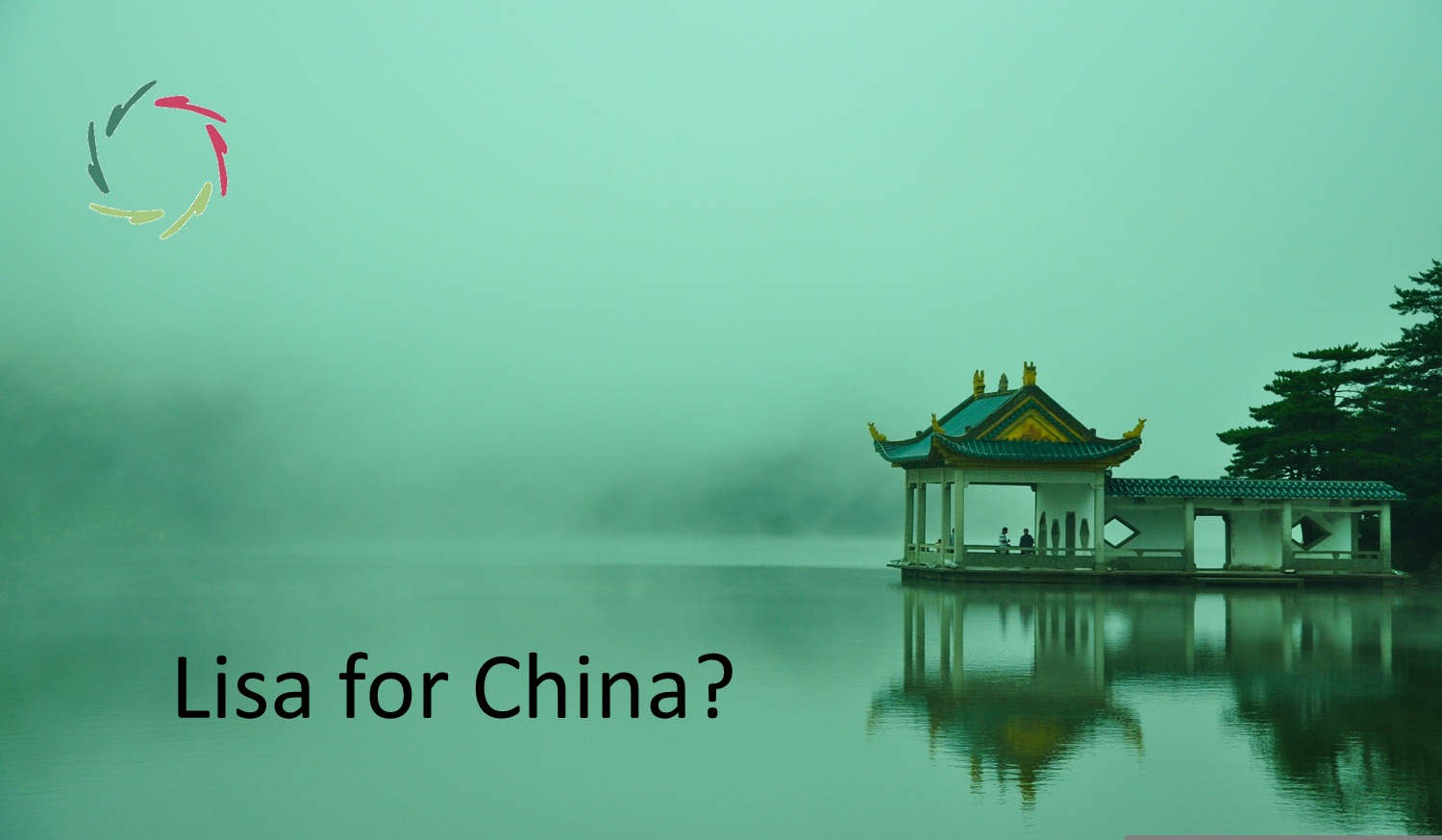Confucianism

Living in a time of turmoil, Confucius was bent on providing guidance to handle this and create a better world. As to the turmoil, the present is no exception. Confucius may still be relevant with a twist.
There are many Confucianisms. Allow me to write about my little understanding.
A picture of thousand ideas
To simplify without simplifying everything away, let me start with this figure:

Small glossary
- Ren = humaneness, benevolence, Compassion, wisdom, love
- Yi = righteousness, morality, moral disposition to do good, including the sensibility to do so competently, with creative insight, and above simple rule-following; also, the intrinsic satisfaction from doing so
- Xiao = filial piety, respect toward parents, ancestors, and others in a social hierarchy ― however, not simply as obedience. In Confucianism, it can be seen as the basis for setting up a good society.
- Rituals (Li) = ritual actions, ceremony, decorum, rules of propriety and good form.
Harmony
Ideally, the whole bathes in harmony. In Confucianism, the goal of harmony is the collective good in which light the individual good should be realized.
Remember the turmoil as a Confucian incentive.
Confucius firmly believed in people’s goodness and their ability to form a harmonious society. Yet, with much common sense, he taught that nothing should be taken for granted. To be good, people need support and what he saw as lifelong ‘education’ ― not so much the gathering of information but wisdom, not for the sake of careerism but human mental growth of oneself and, after years, increasingly also others.
Is this – especially in its focus on mental growth – getting familiar from an AURELIS viewpoint?
In the course of history, Confucianism has also always had a streak of giving advice to leaders of organizations or even the empire ― toward Open Leadership?
The dotted vertical line in the middle of the picture
This (being dotted) somehow separates the rituals from the principles at the left. The double arrows mean that there is mutual importance. Over the centuries, the debate has continued about how important and in which manner.
As I see it, a more conservative view puts more weight on the rituals, while a more progressive view goes the other way, especially in what it means for the individual. In-depth, both sides may come together, namely by:
Taking away the dotted line altogether
Rituals can be specific or, very broadly, any human action with some spontaneous recurrence, yet being more meaningful than only a (good or bad) surface-level habit. I don’t see rituals as mechanically repeated actions. They are the results of profound mental-neuronal patterns that resurface now and then, either spontaneously or invited. Given their complexity, one should not speak of mechanical but organic happenings. Mechanical actions are at risk of coming close to being merely placebogenic. Something ‘works’ then because of the external idea that it should work ― possibly clashing with reality big time, impacting a person or a whole civilization.
In the picture above, rituals should be at the heart of Ren, Yi, and Xiao, as well as vice versa. Not in a (traditional interpretation of) yin and yang setting, with one being a part of the other in two ways. Instead, with ‘at the heart,’ I mean being the source. They are each other’s fuel. In-depth, there is no separation. I see different degrees of this in several Confucian explanations. Personally, I would take it very profoundly.
Anything new, these days?
I think so. While several respectable historical traditions have highlighted a positive core of love and goodness – and the belief in these as human qualities – they can be seen as different views on this sameness. In this sense, they are all more than interesting enough, including Confucianism.
Even so, what makes the present relevantly distinct – apart from becoming a village on a planet – is hard-core science about the human being. It strikes me that this is not validated more. The Western tradition of separating humanities and the positive sciences hinders the fact that neurocognitive science infringes upon this border. Meanwhile, we can see more and more within the brain things that shed new light on ancient traditions and our sense of humanity. Needed is to connect the dots and transcend them. Needed for this is a synthesis of conceptual rationality and subconceptual depth.
This way, East and West can be brought closer together in Worldwide Compassion.
Three decades ago, I started delving into the subconceptual part of the brain/mind and came up with many insights. Now, I see this being relevant also to Confucianism. Not surprisingly, it doesn’t contradict any basic concepts and precepts. In my view, it deepens them.
Doing so, I see many parallels with AURELIS.


